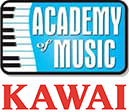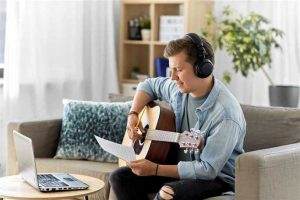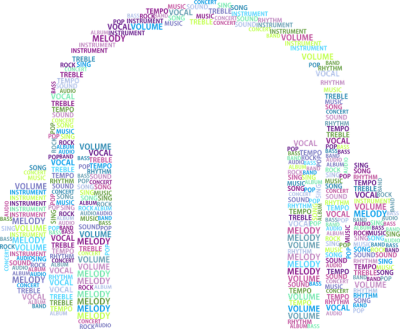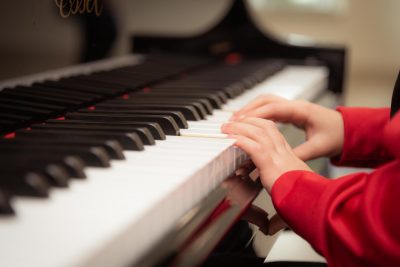Academy of Music Celebrates 30 Years With Online Expansion To Satisfy Increased Demand For Classes
MANITOBA, Canada – The Academy of Music, one of the leading music lesson providers in Manitoba, Canada, is pleased to announce that they are celebrating their 30th anniversary. Formed in Winnipeg in 1990, the company has continued to grow and flourish over the years, and in the process, has taught thousands of people how to play musical instruments.
The passion and dedication of the owners of the company remain undiminished. In response to increased demand for their services, the Academy of Music is now launching an online music lesson service. This new method of teaching, while exciting and forward-thinking, will provide the tutors with some interesting challenges. Every team member is committed to the process and looking forward to seeing where this expansion takes them. (more…)





 Here are some important tips for setting up your device for a successful Zoom music lesson or Zoom Music recital. Practice with family and friends before your lesson or recital to test your set up.
Here are some important tips for setting up your device for a successful Zoom music lesson or Zoom Music recital. Practice with family and friends before your lesson or recital to test your set up.

 Have you ever wondered why people have different tastes in music? Some prefer slower, quieter music, yet some love their music fast and loud. Is it random? Are some of us predestined to like certain chord progressions over others? Does our DNA dictate our preferences between complex rhythms over simplicity? Are we born with a certain musical connection, pushing us towards certain styles of music?
Have you ever wondered why people have different tastes in music? Some prefer slower, quieter music, yet some love their music fast and loud. Is it random? Are some of us predestined to like certain chord progressions over others? Does our DNA dictate our preferences between complex rhythms over simplicity? Are we born with a certain musical connection, pushing us towards certain styles of music?  What do you think of on Valentine’s Day? Your significant other? Cinnamon hearts? Roses that suddenly cost a lot more compared to any other time of the year? At Academy of Music, we’d like to take this opportunity to remember some of the greatest love songs ever written. It was impossible for us to mention all of them, and we could only scrape the surface, but here are our Top 10 Love Songs, to commemorate Valentine’s Day!
What do you think of on Valentine’s Day? Your significant other? Cinnamon hearts? Roses that suddenly cost a lot more compared to any other time of the year? At Academy of Music, we’d like to take this opportunity to remember some of the greatest love songs ever written. It was impossible for us to mention all of them, and we could only scrape the surface, but here are our Top 10 Love Songs, to commemorate Valentine’s Day!  The age-old question of when to start music lessons is a good one!
The age-old question of when to start music lessons is a good one! Happy New Year! Not only is it a new year, but it’s also a new decade! They say hindsight is 20/20, but we need to keep looking forward 🙂
Happy New Year! Not only is it a new year, but it’s also a new decade! They say hindsight is 20/20, but we need to keep looking forward 🙂 Academy of Music offers both
Academy of Music offers both  Winnipeg, Manitoba is home to many a sports fan, and it’s been a lot of years coming, but Winnipeg finally saw their beloved Blue Bombers play for the CFL Grey Cup. This year’s 107th Grey Cup took place in Calgary, Alberta between the Winnipeg Blue Bombers and the Hamilton Tiger-Cats, which a number of Manitoba fans made the trek to go see live in person.
Winnipeg, Manitoba is home to many a sports fan, and it’s been a lot of years coming, but Winnipeg finally saw their beloved Blue Bombers play for the CFL Grey Cup. This year’s 107th Grey Cup took place in Calgary, Alberta between the Winnipeg Blue Bombers and the Hamilton Tiger-Cats, which a number of Manitoba fans made the trek to go see live in person.